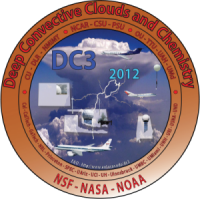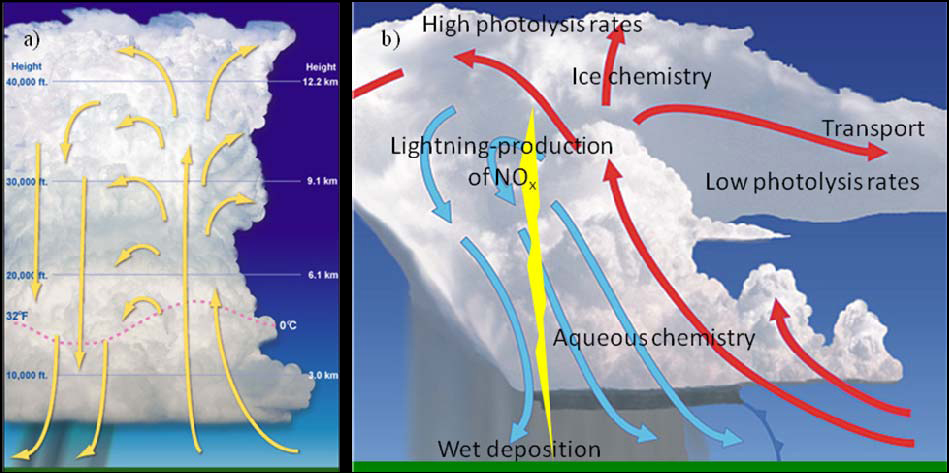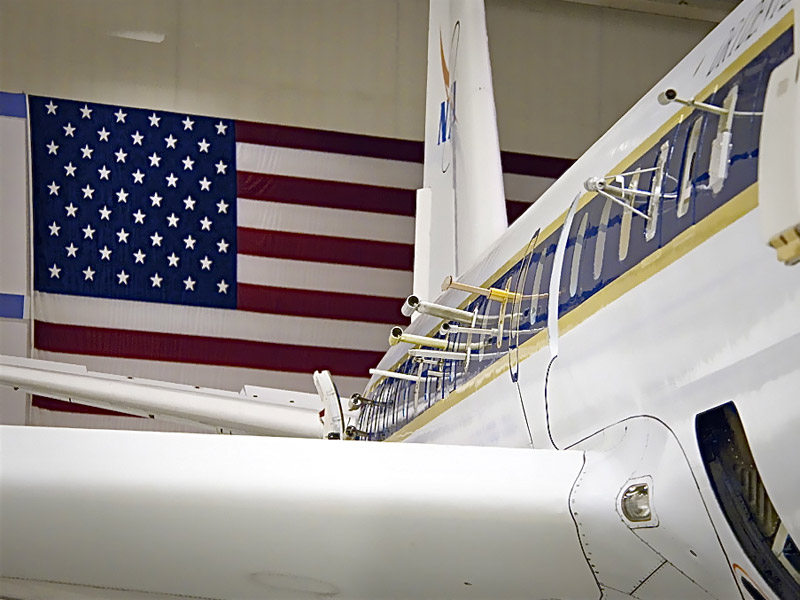|
|
|
DC-3
 |
Deep Convective Clouds and Chemistry (DC3) was based out of Salina Municipal Airport in Salina, KS from May-June 2012.
The project was funded by NASA and the National Science Foundation (NSF), and was led by the National Center for Atmospheric Research (NCAR).
DC3 investigated the impact of deep convection (i.e. thunderstorms) and related processes (like strong updrafts and lightning) in the central U.S.
on the composition and chemistry of the upper troposphere. During DC3, three aircraft were used to take measurements: the NASA DC-8, NSF Gulfstream-V,
and the German Aerospace Center (DLR) Falcon.
Thunderstorms provide a mechanism for rapid lifting of air from the surface to higher altitudes in a matter of minutes to hours,
and this allows molecules that are short-lived and more abundant near the surface to be transported to the upper troposphere
in amounts that could not happen under normal atmospheric conditions
|
|
The LARGE team collected measurements aboard the NASA DC-8 aircraft, which took observations in three locations:
northeastern Colorado, west Texas and central Oklahoma,
and northern Alabama.
For more information about the DC3 field campaign, visit http://www.eol.ucar.edu/projects/dc3/
|
 The DC3 mission collected observations that will enhance understanding of the processes (shown above) that occur within thunderstorms. Photo Credit: UCAR
The DC3 mission collected observations that will enhance understanding of the processes (shown above) that occur within thunderstorms. Photo Credit: UCAR
 NASA's DC-8 aircraft complete with the probes and modifications that allow it to collect data from the atmosphere while flying. Credit: NASA
NASA's DC-8 aircraft complete with the probes and modifications that allow it to collect data from the atmosphere while flying. Credit: NASA
|




